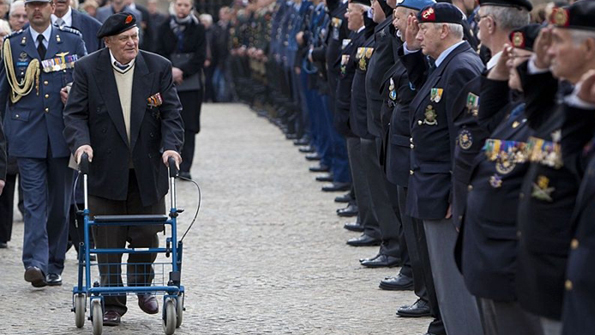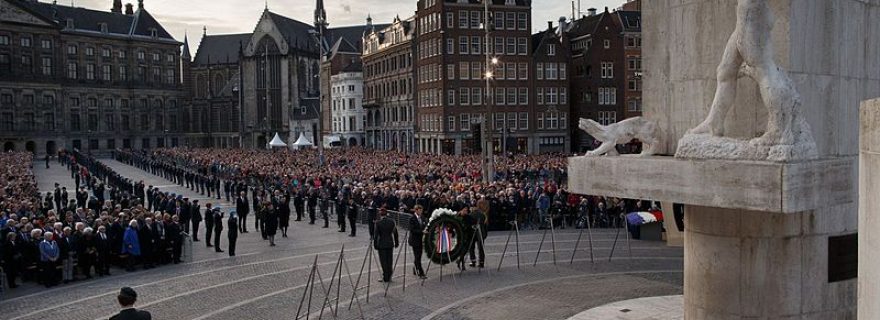4 May: Who Do We Commemorate Today?
It is a recurring pattern in the Netherlands as we reach 4 and 5 May: Who is included and who is excluded from whom we commemorate? Let’s examine indirect knowledge transmission in South Africa and how this translates into the Dutch context.
Who do we commemorate?
Every year, the same questions pop up during the first days of May. Who do we commemorate on 4 May (Remembrance of the Death)? Should we include German soldiers and Dutch people who collaborated with the Nazi’s? And what about commemorating refugees who died on their way to Europe?
Despite the returning nature of this debate, it often does not translate in commemorating ‘the other’. The outcomes of this discussion seem to be fixed. To understand commemoration rigidity, it’s crucial to look at how transmission of indirect knowledge – knowledge about the past not experienced first-hand – works.
‘A past they never lived’
Scholar Jonathan D. Jansen describes, based on observations in South Africa, how ‘born free’ Afrikaners hold rigid ideas and experience strong emotions about a past they never lived. He argues that transmitted knowledge is never neutral; it is embedded in changing discourses and times, which give meaning, add emotion and authority. Opinions, stories and traditions change, as time changes.
It is through the changing nature of those times that the same questions about fixed ideas arise every year: who is included and who is excluded from whom we commemorate? Jansen argues that modes of transmission are numerous, multiple, complex and diverse, both formal (f.e. education and politics) and informal (f.e. food and songs). He identifies various modes of indirect knowledge transmission. Let’s apply four of them to the Dutch context.

Specially invited veterans are saluted by other veterans. Photo via Wikimedia Commons
Jansen's modes of indirect knowledge transmission
First, there is family. Not only is family the primary social circle to belong to, it is also a group where knowledge transmission seems clear-cut: grandparents and parents inform younger generations about history. Moreover, social attitudes towards the past are learned.
The second mode is sport as a social circle in which social identity is affirmed and discussed. The national soccer team becomes the symbol of pride and ‘our’ Dutch identity when winning. However, if ‘they’ loose it becomes a source of complaint. Stories about 1974 are still told and the inauguration of a winning team is almost always the same ritual.
The third mode is school and curricula: debates about the active role of Dutch collaborators during World War II demonstrates that there is something at stake. There is no consensus on who decides what topics are included.
The fourth mode is cultural symbols and networks: whether it is festivals, commemorations, television programs, movies, inburgeringsexamens, lyrics of songs, statues or street names; there is nothing that transmits historical knowledge more emotionally than cultural symbols and networks.
So, what do we learn from all this?
The conclusion that indirect knowledge is never neutral might not seem to be earthmoving, but it is the core to understand these processes. The more the above modes tell the same story, the less we seem to notice that indirect knowledge is inseparably connected to the times in which it is transmitted. Moreover, the less receptive we are to other stories.



0 Comments
Add a comment